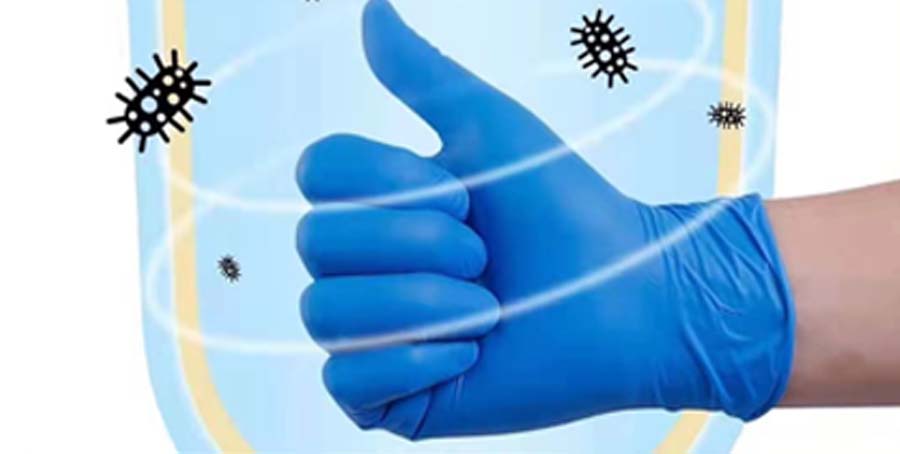Blog
info - blog - newsWhat do nitrile gloves protect against?
- 28 June 2021
- protect

Workers in almost any field can come into contact with hazards. Whether preparing food, working in manufacturing, handling electronics, or working in healthcare, protective gloves play an essential role in risk management. Wearing the appropriate protective glove can protect workers against irritation to the skin, prevent infection, and reduce the risk of burns, cuts and abrasions. What’s more, nitrile gloves also protect the materials (such as electronics, glass and metal) as well as the other people that workers may encounter.
Determining the exact chemicals, irritants or other potentially hazardous materials that workers will come across requires proper risk assessment and management to be carried out. This will help to determine the appropriate disposable safety glove for use, depending on the industry, workplace and task in question.
Some of the chemicals which nitrile gloves can protect against,
according to the EN374 testing standards include:
- Acetic acid 10%
- Benzalkonium chloride
- Chlorhexidine digluconate 4%
- Ethanol 20%
- Formadehyde 37%
- Glutaraldehyde 50%
- Hydrogen peroxide 30%
- Nitric acid 10%
- Nitric acid 36%
- Paraformaldehyde 50%
- Phenol 1%
- Povidone iodine 10%
- Sodium hydroxide 40%
- Sulphuric acid 47%
Nitrile gloves are also suitable for protection against micro-organisms such as bacteria, fungus, and viruses, making them an extremely versatile protective glove.
